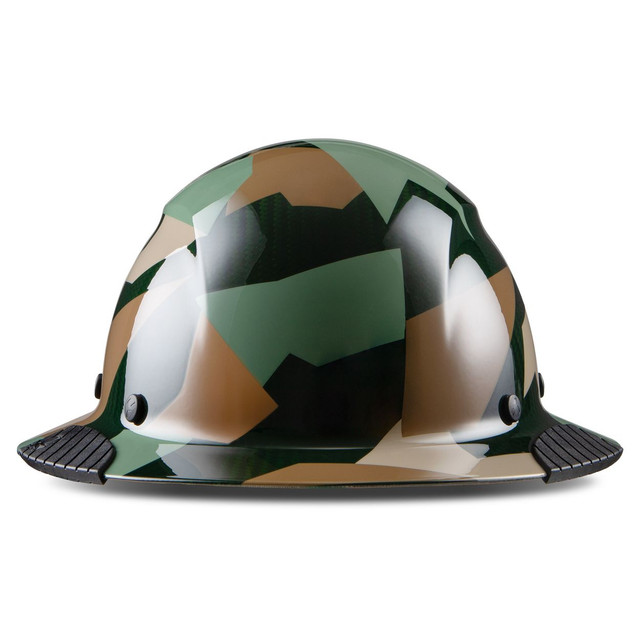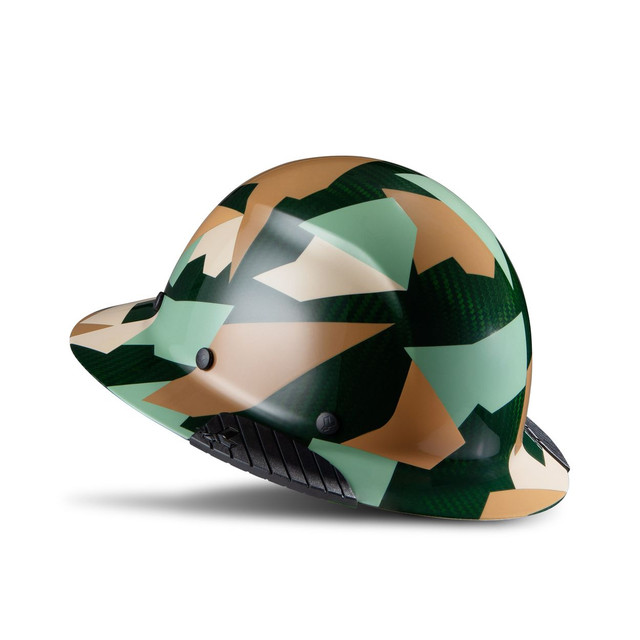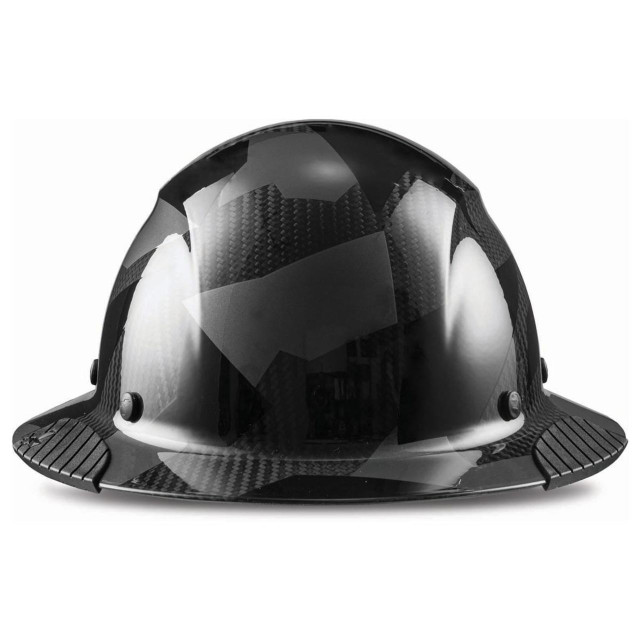Personal protective equipment (PPE) is essential for ensuring worker safety in various industries. However, PPE can become ineffective if damaged, compromising the safety of workers. Regular inspection of PPE, including head protection, is crucial to identifying and addressing any damage that may render it ineffective. In this blog post, we will explore the importance of regularly inspecting head protection for damage.

Identifying Visible Damage:
Regular inspection of head protection allows for the identification of visible damage. Visible damage may include cracks, dents, punctures, or other signs of wear and tear. These damages may be caused by rough handling, exposure to extreme temperatures, or exposure to chemicals.
Visible damage compromises the effectiveness of head protection, leaving workers vulnerable to head injuries. Regular inspection allows for the identification of visible damage before it becomes severe, allowing for repairs or replacements before a potential accident.
Checking for Internal Damage:
Internal damage to head protection may not be visible, but it can still compromise the effectiveness of the protection. Internal damage can occur due to exposure to extreme temperatures, chemicals, or wear and tear over time. This damage may cause the materials of the head protection to weaken, reducing its effectiveness in protecting the wearer.
Regular inspection of head protection allows for the identification of internal damage, which can be difficult to detect. By checking for internal damage, safety managers can determine if the head protection needs to be replaced or repaired to ensure the safety of workers.
Ensuring Compliance with Safety Regulations:
Regular inspection of head protection is also essential to ensure compliance with safety regulations. Safety regulations require that head protection is in good condition and able to provide adequate protection to workers. Failure to comply with safety regulations can result in fines, legal action, or increased liability in the event of an accident.
Regular inspection of head protection allows safety managers to identify and address any damage that may render the protection ineffective and non-compliant with safety regulations. By ensuring compliance with safety regulations, employers can protect themselves from legal action and ensure a safe work environment for their employees.
Promoting a Culture of Safety:
Regular inspection of head protection promotes a culture of safety in the workplace. By emphasizing the importance of inspection and maintenance of head protection, employers demonstrate their commitment to worker safety. This commitment fosters a culture of safety, where workers are encouraged to report safety concerns and prioritize their own safety and that of their colleagues.
Furthermore, regular inspection of head protection can serve as an opportunity to train workers on the importance of PPE maintenance and inspection. This training can empower workers to take ownership of their safety. And it encourages them to report any damaged or ineffective PPE. Regular inspection and training contribute to a safer work environment and promote a culture where safety is a shared responsibility.
In conclusion, regular inspection of head protection is crucial to ensuring worker safety in various industries. Inspection allows for the identification of visible and internal damage, ensuring that head protection is in good condition and compliant with safety regulations. Regular inspection also promotes a culture of safety, where workers are empowered to prioritize their safety and that of their colleagues. By investing in regular inspection, employers can ensure the safety and productivity of their workforce, promoting a safer and more efficient work environment.








